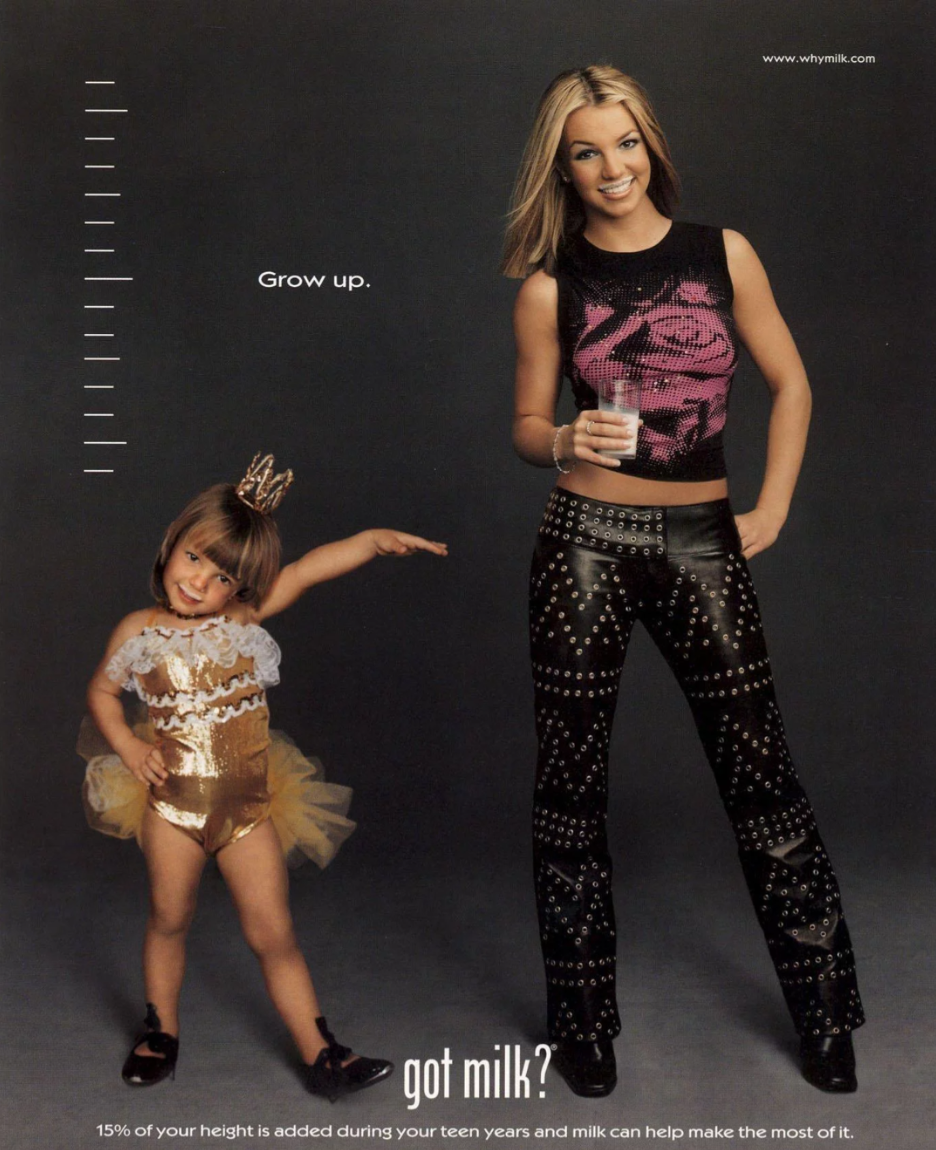News
What Makes an Effective Marketing Strategy? It’s Simple.
There are many factors and considerations that go into creating an effective marketing strategy. Too often marketers can get carried away with trying to overcomplicate things when, in reality, some of the most successful strategies boil down to one thing: simplicity.
The Importance of Simplicity
Keeping things simple can make choices easier for consumers by lightening the psychological load on them and streamlining buying decisions. A short message is easier to recall than a long one, similar to how a simple logo can be easier to remember than a complex or busy one.
One of the pivotal goals of any marketing campaign or product is to enrich and improve the lives of the target audience. For many consumers, that translates to quick, easy solutions. A World’s Simplest Brands study revealed that 76% of people are more likely to recommend a brand that delivers simple experiences, and 57% of participants are willing to pay more for simpler experiences.
There’s a variety of reasons why simplicity so often works. As Kantar research found, “too many messages can dilute communication as our brains can only really think about 3-4 things at once”. When done correctly, simplicity can lead to deeper levels of trust, stronger brand loyalty, and an increased willingness to spend money.
A simple marketing strategy is not only beneficial for the consumer as the target of the campaign, but it is also beneficial for the marketers who must action the campaign. Simplicity allows you to focus your resources on a single message or campaign, rather than trying to juggle multiple initiatives at once. This can make your marketing more efficient and effective overall.
Consider some of the most well-known and successful brand campaigns of all time. Often, the campaigns are incredibly simple, such as Got Milk:

Trader Joes, Nike, and Apple are other examples of major brands that all benefit from simple approaches to marketing and branding. Apple, with its simple logo and sleek, minimalist design; Nike with its infamous ”Just Do It” tagline. Trader Joe’s success is also largely attributed to its products’ simplicity.
“Rather than leaning into emerging automation technologies like self-check-out lanes and shelf-monitoring robots found in other grocers, Trader Joe’s focuses on employee interactions, product packaging and thoughtful communication,” Maryville University Associate Professor of Communication Dustin York explained to The Food Institute. “Even the small details like handwritten signs on shelves speak to a whimsical, small town business brand.”
However, while simplicity is key, creating something simple does take work. As Winston Churchill once said, “If I had more time I would have written you a shorter letter.” Achieving simplicity is done by starting big with a strong, well-thought out idea, then building down to the core elements.
Keeping Marketing Memorable and Consistent
Resonating among target audiences is key for brands. But consumers are bombarded by messages, all day, every day. It’s impossible for them to recall all of them or even notice most of them. Because of this, marketers need to keep their messages short, sweet, and easy to digest.
Using one message in an ad can be significantly more impactful than using multiple. Consumers need to trust the brand message, and a brand message should both be simple and convey all the information the consumers need.
Simplicity takes the work off of the consumer – when the messaging, branding, and benefits are clear and concise, you’ve done the heavy lifting for them and it is clear to them why they should be interested in your product or brand.
The communications should get across your brand’s vibe, the identity, and the benefit of using them. Marketing should make decisions easy for the consumer.
Simplicity also means that the brand’s messaging is consistent. All communications channels should be telling the same story in order to reinforce the message. A confused consumer is a lost consumer.
Consistency is key in both frequency and format. How often are you sending out communications? Is it too often? Not often enough? And what format are those communications taking? A mix of text, images, infographics, video, etc.? Again, the idea is to make it as easy as possible for the consumer to understand your message.
Tracking the Success of Simplicity
There are obvious ways to track the success of your marketing campaigns:
- Are sales increasing?
- Is traffic to the website or landing pages increasing?
- Are people engaging with the brand on social media? Are there more likes, comments, and shares?
- Does the campaign make sense? Is it easy to understand?
- Are there specific checkpoints that have been met? For example, has the campaign reached a certain number of views or impressions?
Leveraging brand strategy and segmentation are key. Segmentation is important because it helps you target the right audience. You need to define your consumers clearly so that they can be found and acted on. Segmentation should encompass the whole market that you are targeting.
Segmentation and strategy need to be easy to understand and to take action on. A good segmentation should be part of the company’s marketing culture. Teams will know their customers like they know other people in the office. They will know their category behaviors (where they shop, what they buy), their attitudes (why they shop there, what they like, how they think), and more.
At RedSky Strategy, we offer segmentation solutions that can help you gain meaningful insights into your target audience. We help you establish a cohesive, comprehensive brand strategy that aligns with your business goals and caters to your audience segments.
Interested in working with RedSky Strategy? We look forward to helping you leverage HumanSight and segmentation to better understand your target audience and illuminate the simplest path toward growth.

